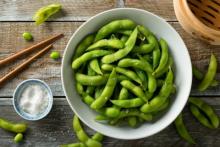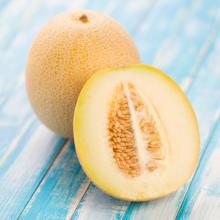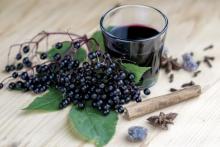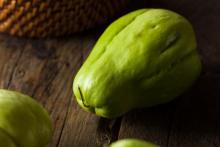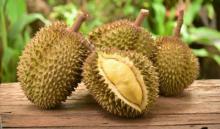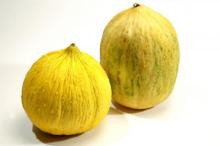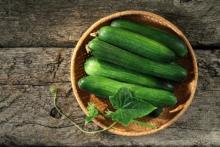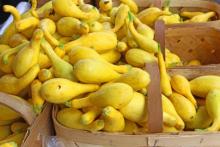Superfood 101: Edamame Provides Protein & More!
Edamame is a member of the family Fabaceae, commonly known as the Pea family of the genus Glycine Willd or soybean P and contains five species. They are immature soybeans and are usually sold fresh in their pods. These young green soybeans are soft and edible while the pod is not edible; the beans can be used in salads, as a snack, and in many recipes.

